Latest
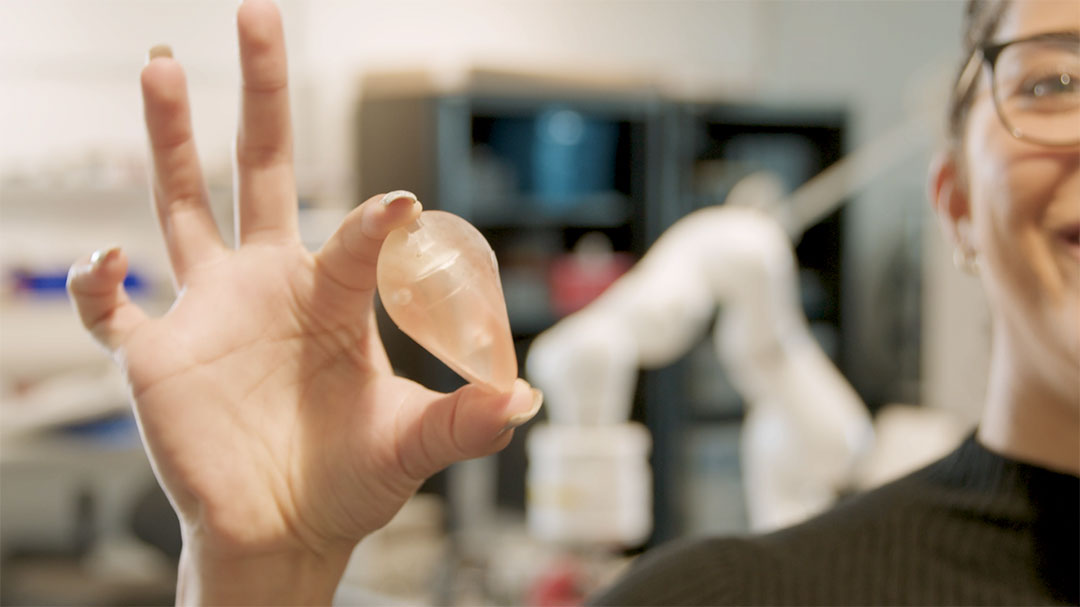
Tiny robots take 3D scans from inside the gut to diagnose cancer
A robot with a unique shape could make it possible to perform ultrasound scans deep within the gut, helping doctors diagnose colorectal cancer.

Ultra-sensitive CRISPR test detects pathogens in minutes—No lab needed
Scientists have developed a CRISPR-based diagnostic that detects pathogens in blood with million-fold greater sensitivity—without the need for DNA amplification.
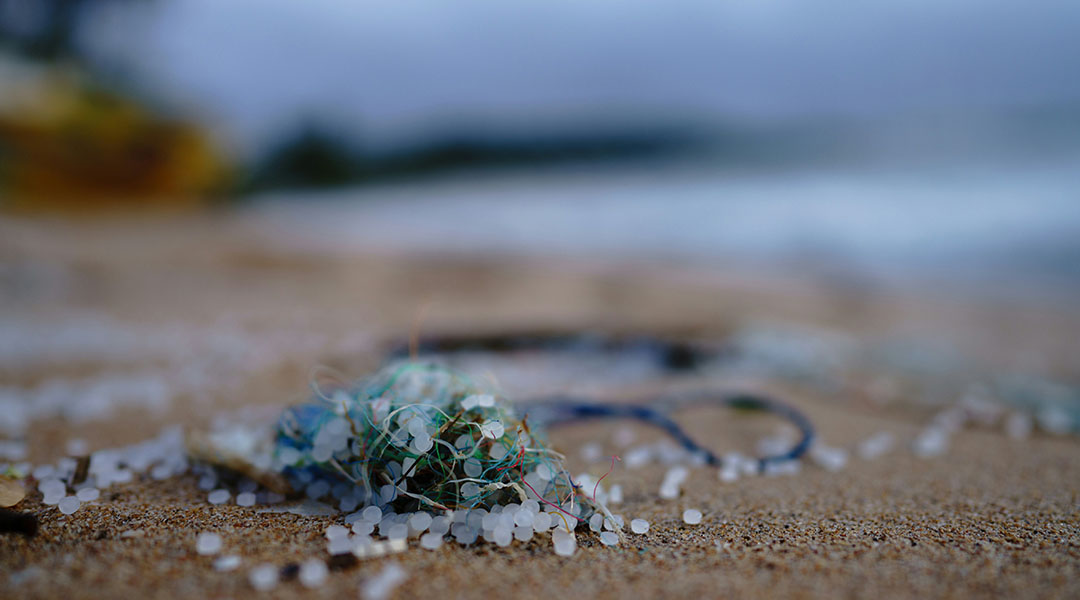
Microplastics could be hotspots for antimicrobial resistance
Microplastics facilitate a “super slime” that is resistant to antibiotics, sparking concern about antibiotic resistance in heavily polluted areas.
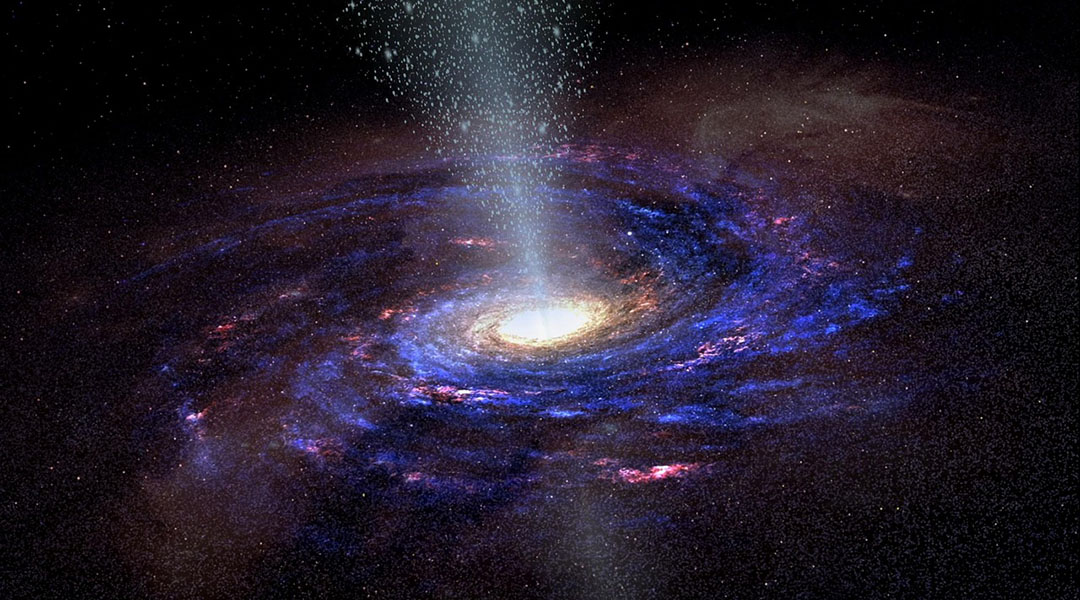
A new type of dark matter could explain mysterious radiation from the Milky Way’s core
Dark matter could be composed of much lighter particles, with masses roughly ten times smaller than that of a proton.

Molecules found in wood could make pesticides more efficient
Scientists in Finland have developed a method that can achieve a tenfold increase in pesticide retention on farmed crops.
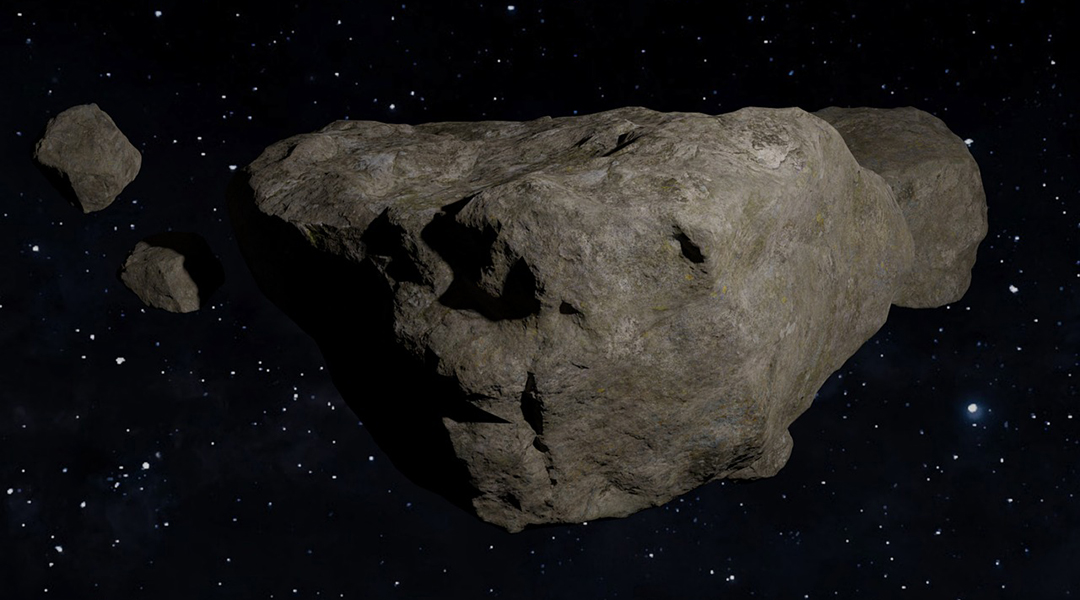
James Webb Telescope uncovers possible water on Psyche’s surface
Data gathered about the M-class asteroid challenges earlier assumptions that it is unaltered planetary core.
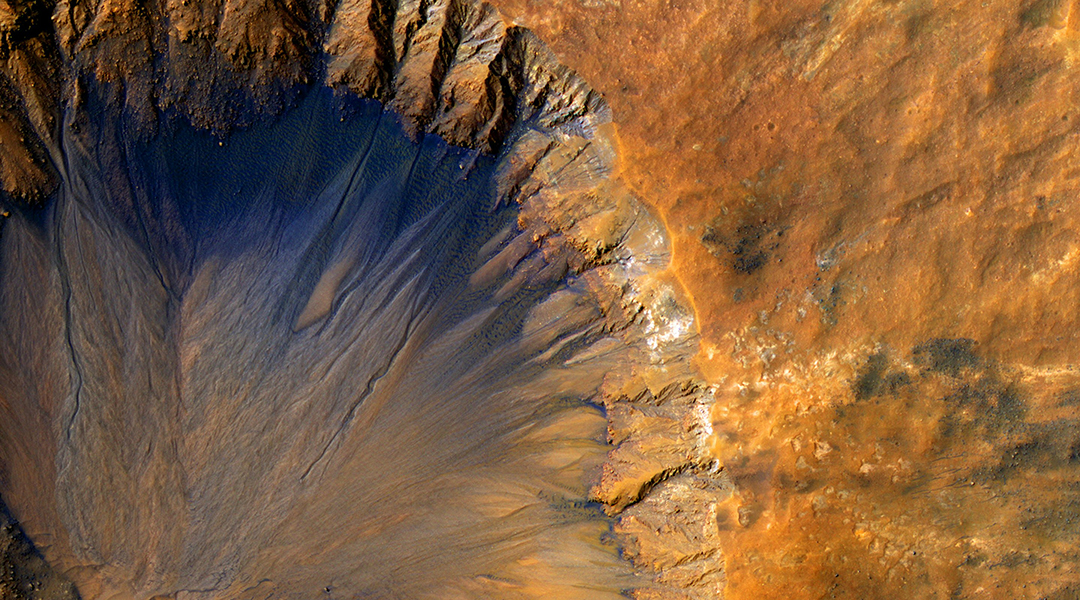
Warming Mars’ atmosphere with nanoparticles
Engineering mineral rich dust and releasing it as an aerosol could warm the planet and kickstart the thickening of the atmosphere.
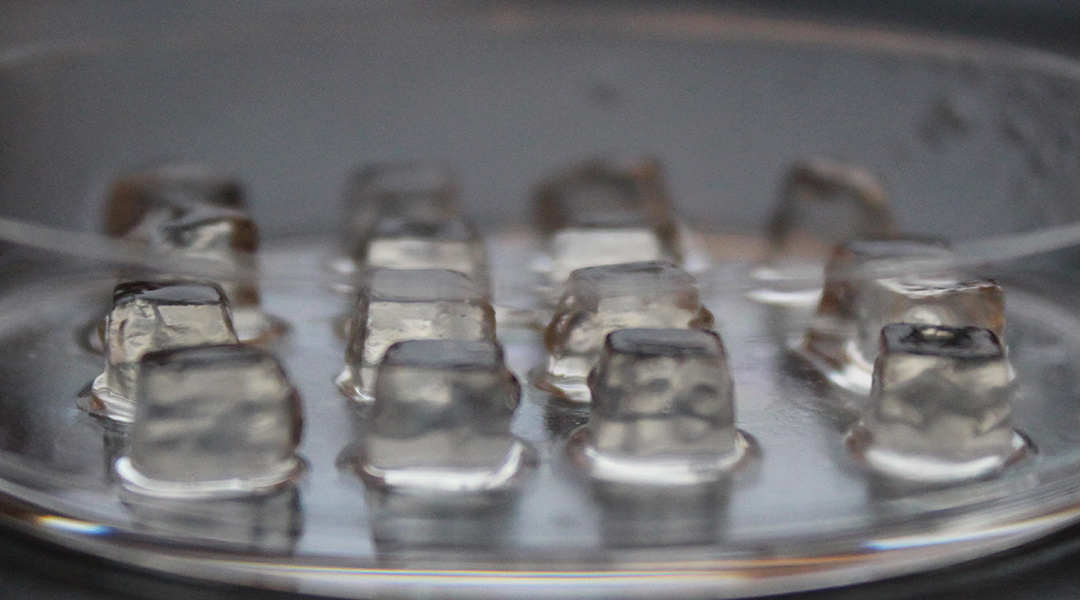
Better organoids mean better brain models
Mimicking one of the body’s most complex organs isn’t easy, but researchers are making progress.

Neutron stars could be the gateway to dark matter
Could neutron stars hold the key to observing dark matter? Researchers believe studying them might one day reveal this elusive substance.
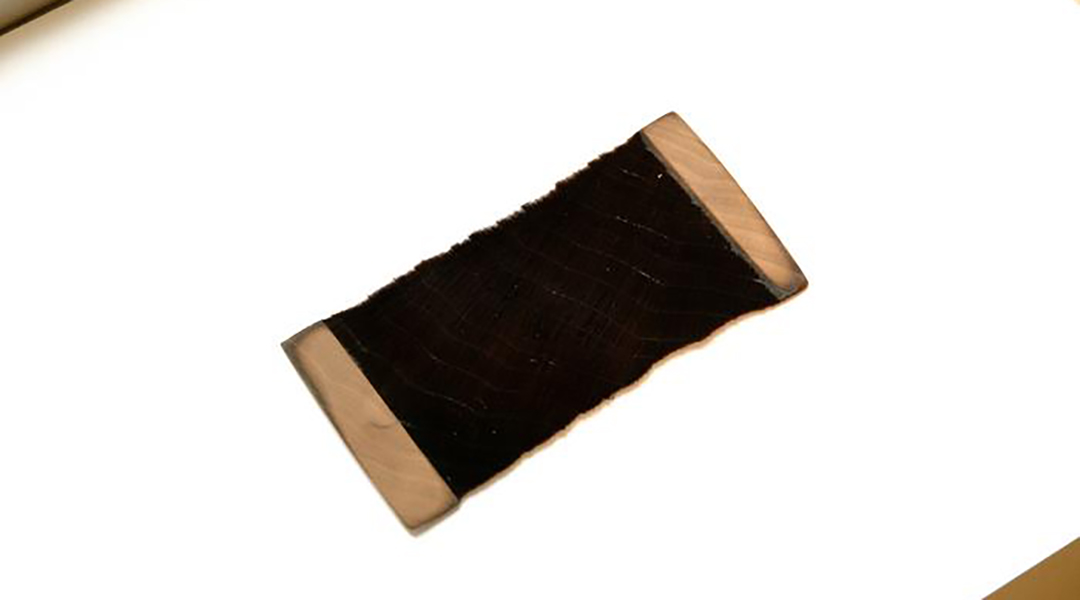
Super-black material created from etched wood
This material absorbs more than 99% of the light that strikes it, making it useful in applications ranging from solar energy to astronomy.
ASN Newsletter
Sign up for our newsletter and receive the latest science news directly to your inbox.

Beijing Collider helps scientists probe discrepancy around an elusive hadron particle
New insights into the decay of a hadron particle known as a charmonium could potentially reshape our understanding of particle interactions and challenge existing theories.
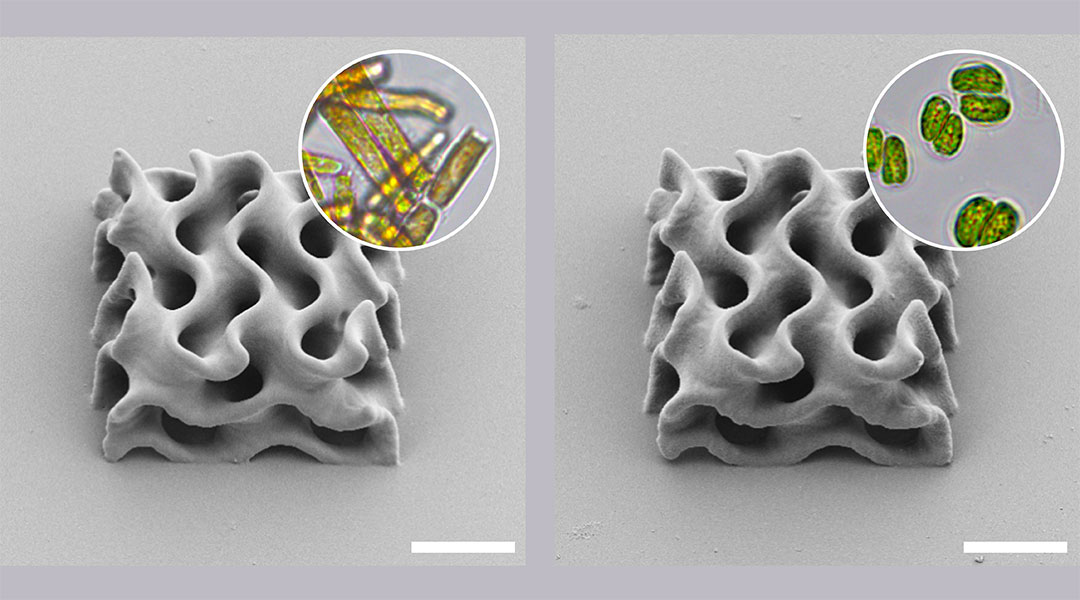
3D printing goes “green” with microalgae ink
A search for environmentally friendly inks led researchers to microalgae biofactories, providing a renewable biomass solution.

Scientists shed light on antidepressant effects of bright light therapy
A mouse study provides new insights into the brain mechanisms behind the effectiveness of SAD lamps in alleviating depression.

Red meat allergy on the rise, thanks to tick bites
An allergy to red meat known as alpha-gal syndrome is brought on by tick bites and is becoming a global issue.
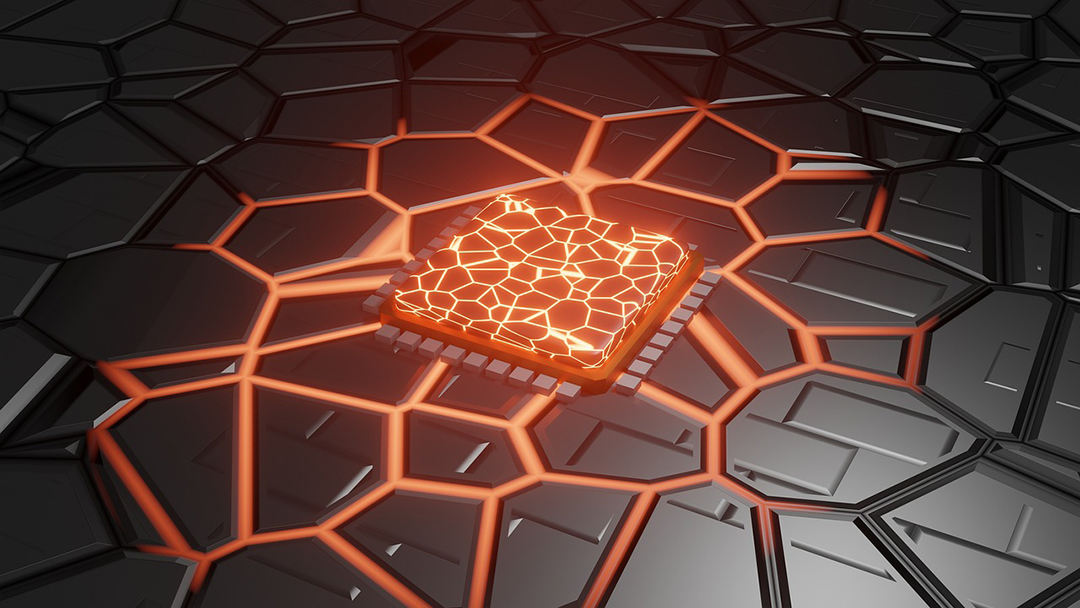
Diamond helps build efficient 3D computer chips
Tackling heat transfer, diamond layers help build 3D circuits with lower power consumption, faster signaling, and increased performance.

The surprising link between saliva and stress during pregnancy
Scientists find unique combinations of oral microbes can help identify states of stress in pregnant individuals.

Women with a genetic risk of depression are more likely to suffer from heart disease
Data from over 300,000 participants has revealed a potential genetic link between depression and cardiovascular disease in women.
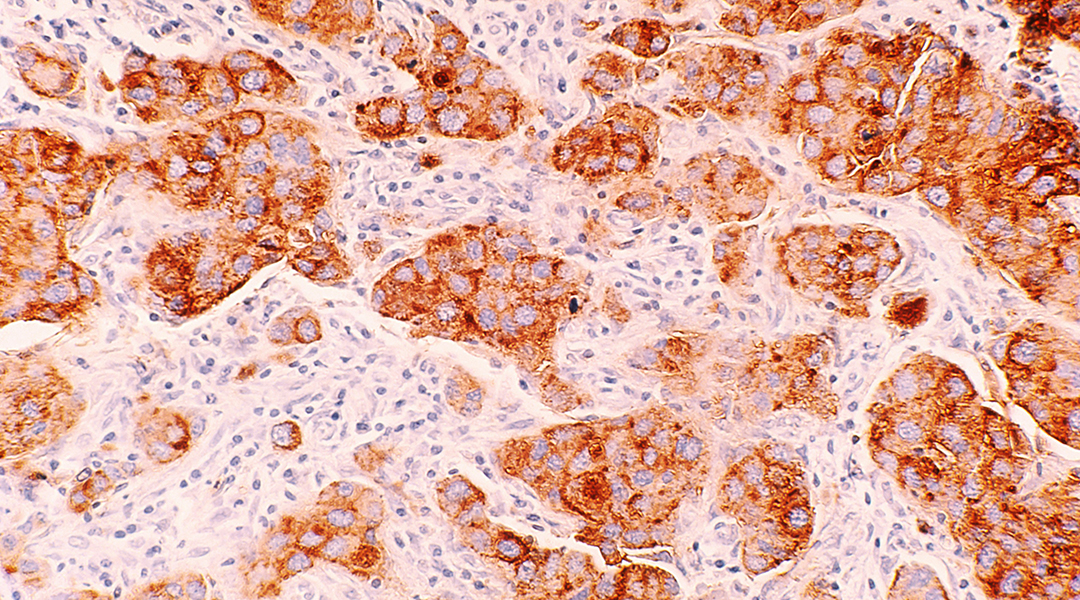
Blood pressure drug shown to treat triple-negative breast cancer in mice
A new study reveals that lacidipine, a common antihypertensive medication, slows tumor growth in triple-negative breast cancer.
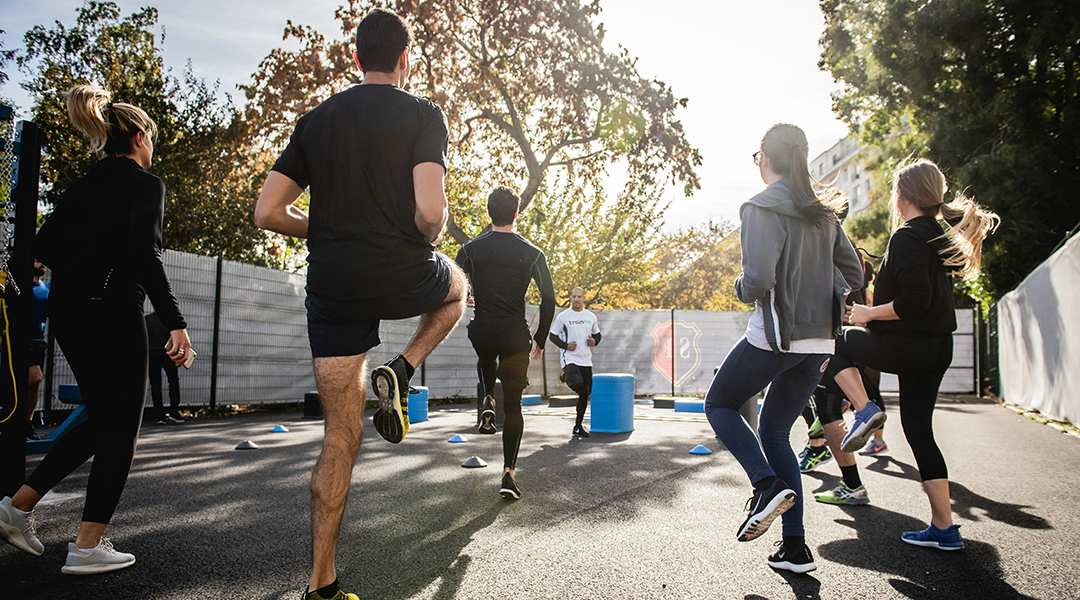
Why exercising early in life is key to keeping muscles strong as we age
Study shows that starting exercise early helps condition cells to preserve motor neurons before age-related loss.
The surprising link between saliva and stress during pregnancy
Scientists find unique combinations of oral microbes can help identify states of stress in pregnant individuals.
Women with a genetic risk of depression are more likely to suffer from heart disease
Data from over 300,000 participants has revealed a potential genetic link between depression and cardiovascular disease in women.
Blood pressure drug shown to treat triple-negative breast cancer in mice
A new study reveals that lacidipine, a common antihypertensive medication, slows tumor growth in triple-negative breast cancer.
Why exercising early in life is key to keeping muscles strong as we age
Study shows that starting exercise early helps condition cells to preserve motor neurons before age-related loss.

Quantum entanglement allows scientists to track time more accurately
Scientists have built atomic clocks with unprecedented levels of precision by harnessing quantum entanglement.
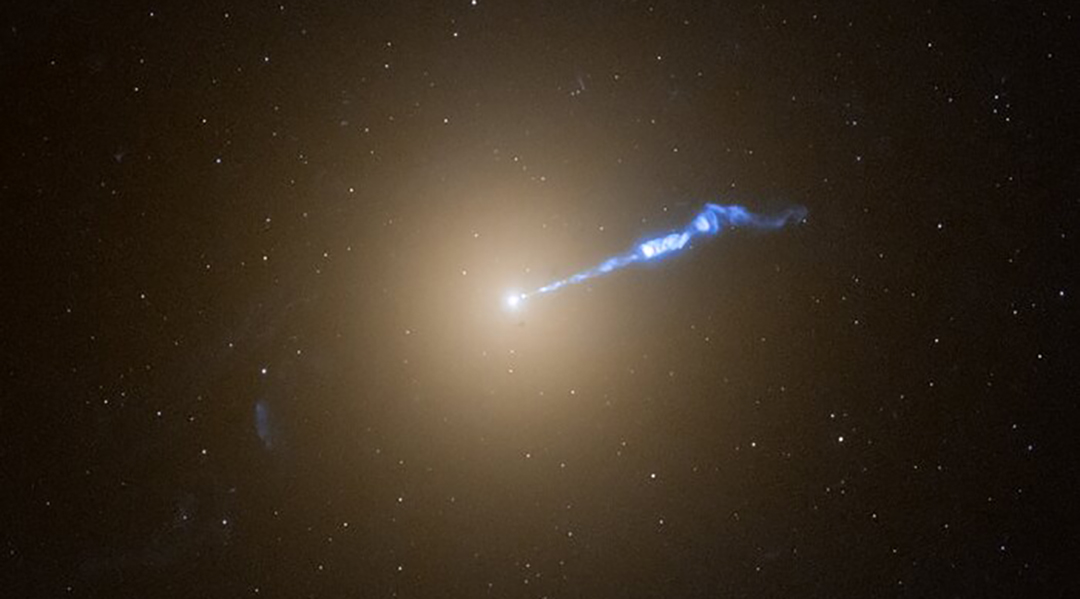
Black hole jet lights up dead stars like a cosmic blowtorch
Using the Hubble Space Telescope, astronomers discovered the jet from a black hole, triggering nova explosions along its path.

Could dark matter particles be colliding?
New research on dwarf galaxies challenges the idea that dark matter is collisionless, suggesting it may interact in unexpected ways

Glimmers in the cosmic dawn: New observations challenge theory of supermassive black hole formation
Hubble’s deep near-infrared campaign reveals more supermassive black holes in the early universe than previously expected.
Quantum entanglement allows scientists to track time more accurately
Scientists have built atomic clocks with unprecedented levels of precision by harnessing quantum entanglement.
Black hole jet lights up dead stars like a cosmic blowtorch
Using the Hubble Space Telescope, astronomers discovered the jet from a black hole, triggering nova explosions along its path.
Could dark matter particles be colliding?
New research on dwarf galaxies challenges the idea that dark matter is collisionless, suggesting it may interact in unexpected ways
Glimmers in the cosmic dawn: New observations challenge theory of supermassive black hole formation
Hubble’s deep near-infrared campaign reveals more supermassive black holes in the early universe than previously expected.
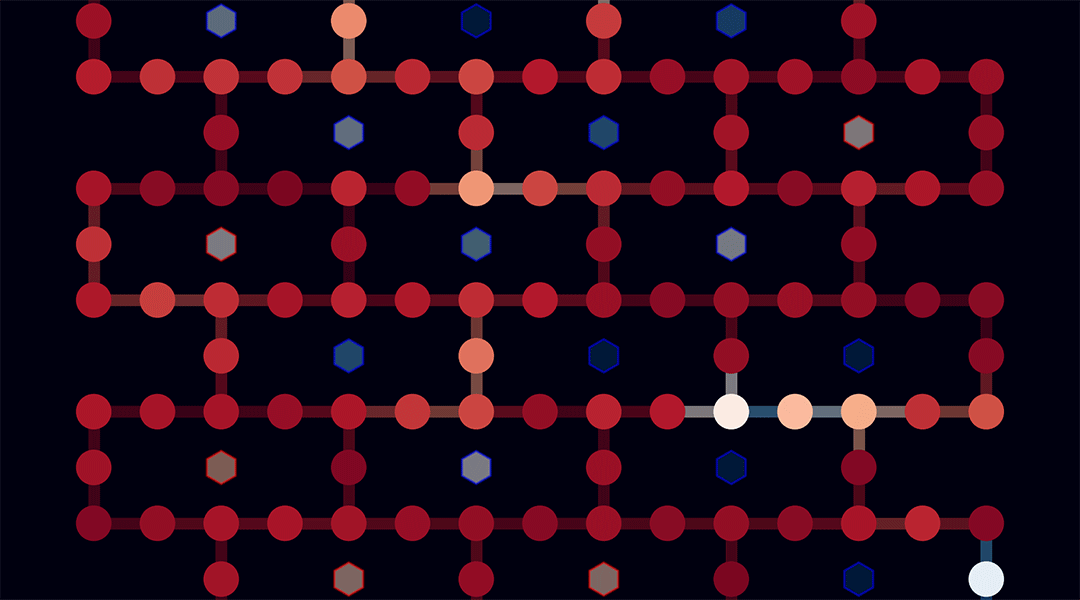
Which quantum computer leads the pack? Benchmarking entanglement could give the answer
Researchers have developed a new method to benchmark quantum computers by measuring their ability to create entangled qubit states.

A bionic sensor “sniffs” out food freshness to cut down on waste
This visual sensor connects to your fridge and syncs with your smartphone, providing real-time updates to help reduce food waste.

New radar system to help protect first responders in smoky situations
SmokeNav combines an inertial sensor and millimeter-wave radar to enhance situational awareness for first responders in hazardous conditions.

Cracking quantum hacking with flawed crystals
Scientists are using crystal imperfections to generate secure encryption, paving the way for quantum-resilient data protection.
Which quantum computer leads the pack? Benchmarking entanglement could give the answer
Researchers have developed a new method to benchmark quantum computers by measuring their ability to create entangled qubit states.
A bionic sensor “sniffs” out food freshness to cut down on waste
This visual sensor connects to your fridge and syncs with your smartphone, providing real-time updates to help reduce food waste.
New radar system to help protect first responders in smoky situations
SmokeNav combines an inertial sensor and millimeter-wave radar to enhance situational awareness for first responders in hazardous conditions.
Cracking quantum hacking with flawed crystals
Scientists are using crystal imperfections to generate secure encryption, paving the way for quantum-resilient data protection.

Improving satellite tracking will reveal hidden sources of global carbon emissions
Greenhouse gas emissions are warming up the planet and scientists are turning their eyes to the sky to better track them down.

Modern crop seeds are not ready for climate change
Traditional means farmers used to use for seed selection and preservation may help us cultivate more resilient food in a changing climate.
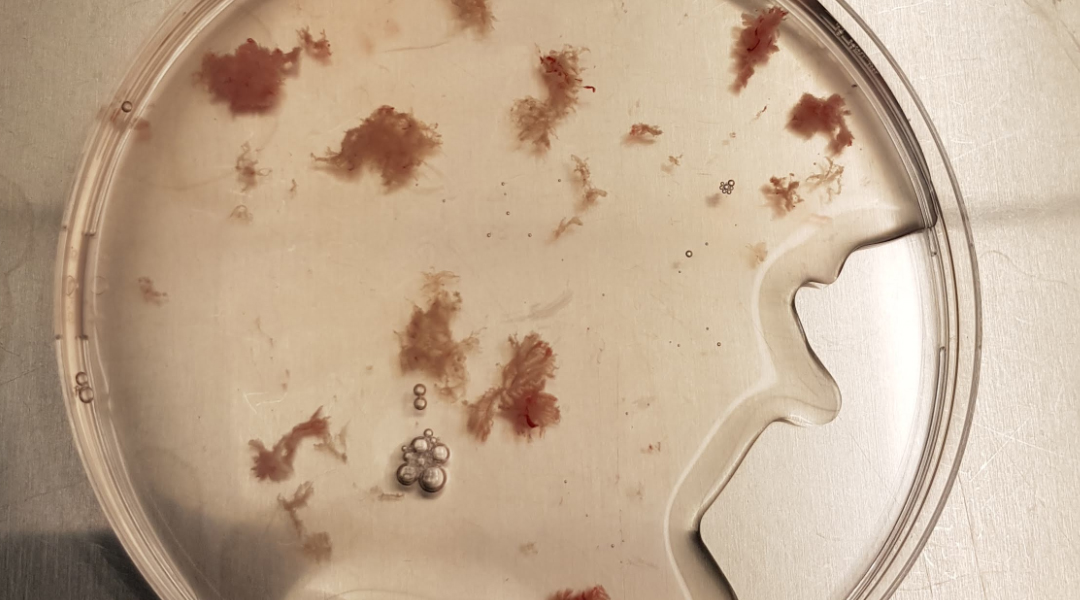
Nanoparticles disrupt placenta, potentially affecting fetal development
Nanoparticles disrupted the placenta’s secretion of biomolecules essential for blood vessel growth, hormone production, and immune function.

The rate of human-driven global warming is at a record high
Global warming caused by human action has continued to increase, even though climate action has slowed the rise in greenhouse gas emissions.
Improving satellite tracking will reveal hidden sources of global carbon emissions
Greenhouse gas emissions are warming up the planet and scientists are turning their eyes to the sky to better track them down.
Modern crop seeds are not ready for climate change
Traditional means farmers used to use for seed selection and preservation may help us cultivate more resilient food in a changing climate.
Nanoparticles disrupt placenta, potentially affecting fetal development
Nanoparticles disrupted the placenta’s secretion of biomolecules essential for blood vessel growth, hormone production, and immune function.
The rate of human-driven global warming is at a record high
Global warming caused by human action has continued to increase, even though climate action has slowed the rise in greenhouse gas emissions.

Devin Swiner: “At the heart of what I do, I want my science to help people”
The up-and-coming analytical chemist talks social media, engaging the next generation of women in STEM, and her journey through a Ph.D.

Anonymous name change policies for a more inclusive publishing world
Following the tireless efforts of researchers and scholars, name change policies are becoming more prominent among scientific publishers, sparking hope for meaningful change.

Bin Liu: “Turn whatever you are dreaming about into reality”
The unconventional chemist talks innovations in material science, putting science to work to help solve societal problems, and how to see the best in everything.

Paul Meredith: “I’ve never seen what I do as work”
The Swansea-based materials physicist talks about the role of energy materials in mitigating climate change, his love of sports, and how his passion for science helps it to blend seamlessly into his life.







